Thermal Imaging and Structural Drying
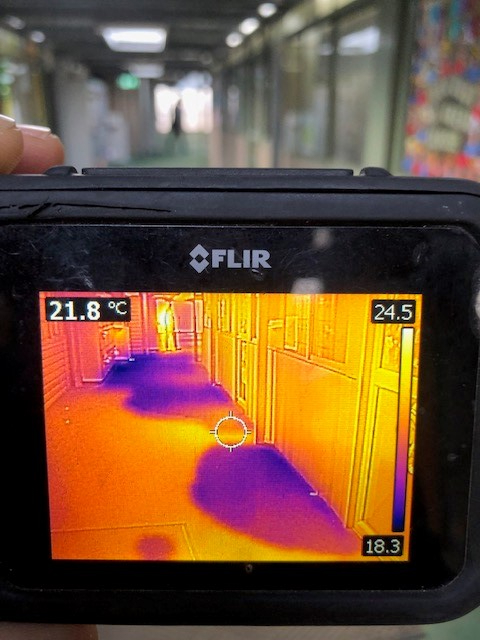
At Flood Response, our structural drying services are enhanced by the power of thermal imaging. This advanced technology plays a vital role in detecting hidden moisture pockets that can lead to long-term damage. With the aid of thermal insulation, our expert technicians use infrared cameras to identify temperature variations and pinpoint areas requiring immediate attention. Moreover, thermal imaging allows for continuous condition monitoring and early detection of underlying issues, ensuring efficient and reliable restoration. Trust Flood Response to utilize thermal imaging and make a significant difference in restoring your property.
When your property experiences water damage, whether from a burst pipe, severe weather, or any other source, it’s crucial to address the issue promptly and effectively.
- Air Quality Protection: Water damage breeds mould and bacteria, polluting indoor air. Our structural drying services ensure a healthy environment by preventing mould growth and preserving air quality.
- Prevent Secondary Damage: Swift action is crucial to stop moisture from causing hidden damage. Our experts use advanced techniques to dry affected areas, preventing secondary damage and costly repairs.
- Health Risk Mitigation: Excess moisture fosters mould growth, posing health risks. Our services inhibit mold and bacteria, safeguarding occupants from allergies and respiratory issues.
- Preserve Property Value: Water damage affects property value. With our professional structural drying, we mitigate issues like odours, stains, and warping, maintaining your property’s value.
- Expertise and Efficiency: Our experienced technicians and cutting-edge equipment ensure a swift and efficient drying process, minimizing downtime and restoring your property effectively.
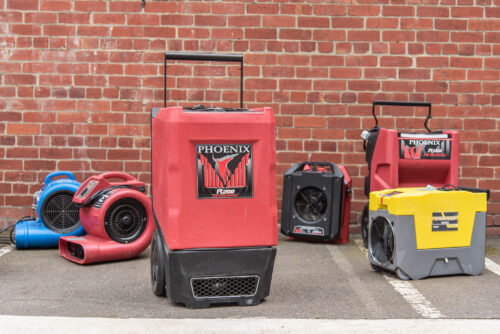
Why to Choose Flood Response for Thermal Imaging and Structural Drying?
Working with Flood Response offers several benefits, some of which include:
24/7 Availability
Flood Response provides 24/7 around-the-clock availability, ensuring that clients can receive help whenever they need it, even in the middle of the night or on weekends.
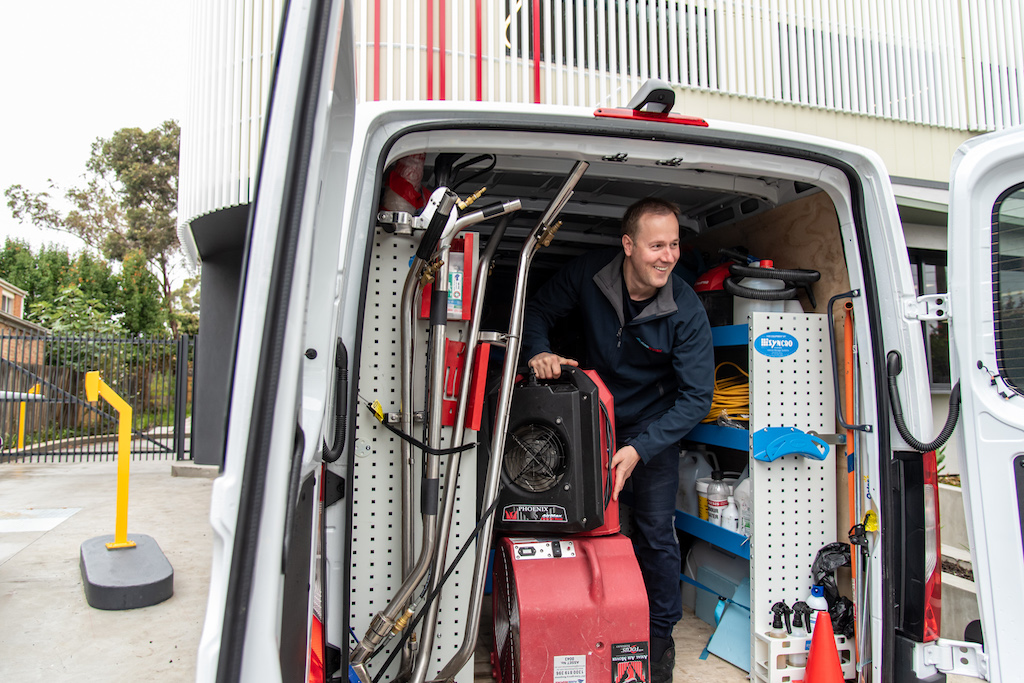
Comprehensive Services
Flood Response offers a wide range of services, such as structural drying and thermography to locate water in hard-to-reach places, and works with structural drying equipment.
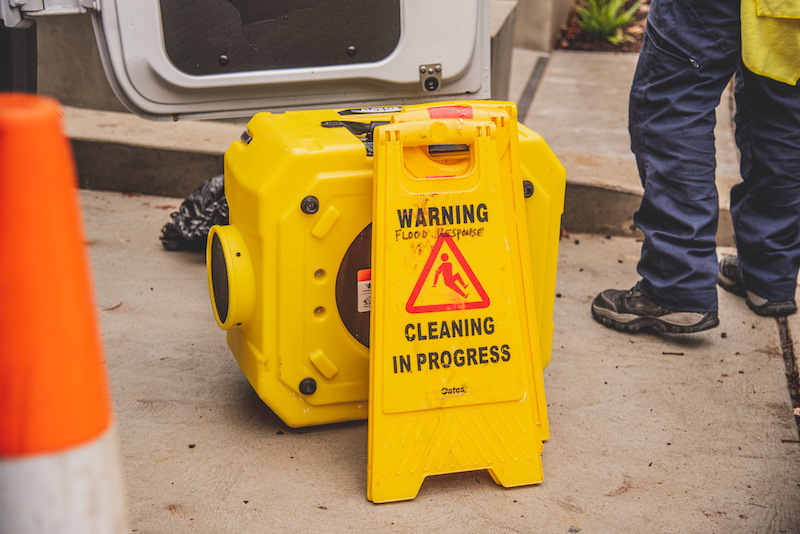
Expertise and Experience
Flood Response has a team of experienced professionals with expertise in thermal imaging and structural drying, providing clients with peace of mind knowing for fast and efficient removal of water from their property.
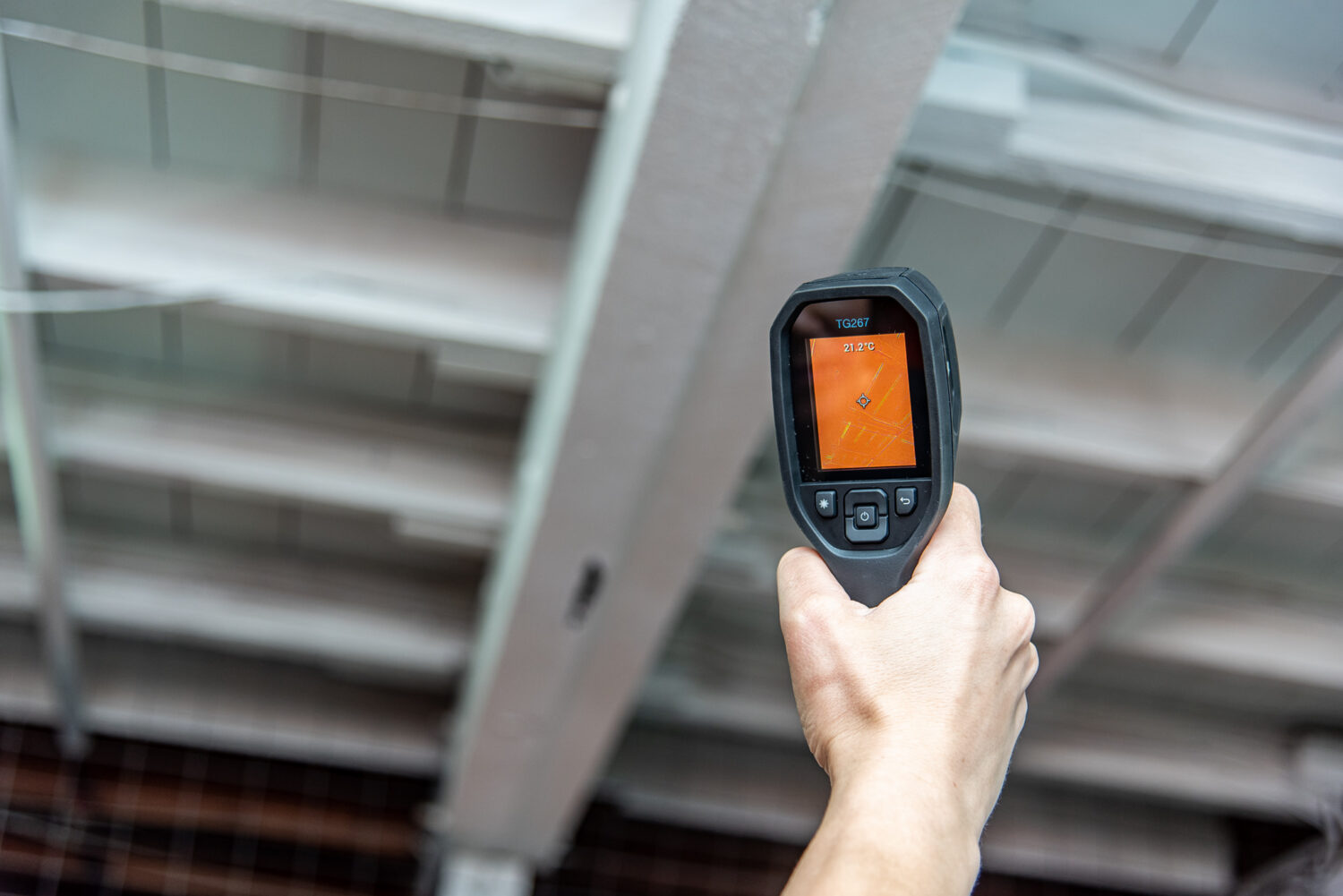
-
Phone number
1300 819 396
-
Follow Us
Contact Us
To learn more about thermal imaging and structural drying or other water damage services and how we can help you reduce risks and damage, please phone us on 1300 819 396, contact us here or fill the form below.